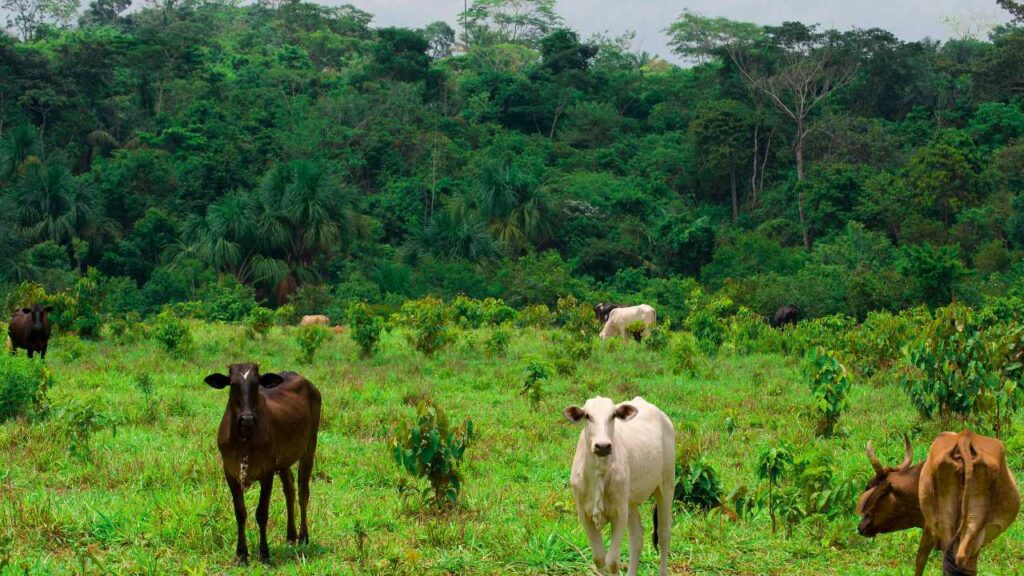S. Tenellia,b , A.F. Nascimentoc , F.P. Gabettoa,b , M.L. Pimentela,d , M. Strausse , R.O. Bordonala,f , C.E.P. Cerrib,f , M.R. Cherubinb,f , J.L.N. Carvalhoa,f
- a Brazilian Biorenewables National Laboratory, National Center for Research in Energy and Materials (LNBR/CNPEM), Rua Giuseppe Máximo Scolfaro 10000, Polo II de Alta Tecnologia, Campinas, SP, 13083-100, Brazil; b“Luiz de Queiroz” College of Agriculture, University of São Paulo (ESALQ/USP), Av. Pádua Dias 11, Piracicaba, SP, 13418-900, Brazil; cBrazilian Agricultural Research Corporation, Embrapa Agrosylvipastoril (EMBRAPA), Rodovia MT-222, km 2.5 Zona Rural, Sinop, MT, 78550-000, Brazil; dDepartment of Agronomy, College of Agricultural and Veterinarian Sciences, São Paulo State University (FCAV/UNESP), via de acesso Prof. Paulo Donato Castellane s/n, Jaboticabal, SP, 14884-900, Brazil; eBrazilian Nanotechnology National Laboratory, National Center for Research in Energy and Materials (LNNano/CNPEM), Rua Giuseppe Máximo Scolfaro 10000, Polo II de Alta Tecnologia, Campinas, SP, 13083-100, Brazil; fCenter for Carbon Research in Tropical Agriculture (CCARBON), University of São Paulo, Piracicaba, SP, 13418-900, Brazil
Highlights
Long-term temporal and spatial use of well-managed grass improved soil C storage and stability.
The MP and ICL increased C stocks at rates of 0.95 and 0.68 Mg C ha−1 yr−1 in 0–10 cm.
The MAOC pool was higher in both MP and ICL compared to other systems in 0–5 cm.
The XPS analysis showed a high abundance of recalcitrant C groups in the MP system.
In ICLF system, soil C stocks under the eucalyptus row were 15% lower than inter-row in 0–5 cm.
Abstract
Soils under anthropic use in the Amazon region are often associated with soil carbon (C) stock losses. More recently, the restoration of degraded pastures and the introduction of integrated systems have changed this pattern, and soil C accumulation is often observed. This study evaluated an 11-year field experiment to quantify soil C changes and elucidate C stabilization mechanisms in areas under anthropic uses in the southern Amazon of Brazil. Four land use systems were evaluated: crop succession (CS), integrated crop-livestock (ICL), integrated crop-livestock-forest (ICLF), and a well-managed pasture (MP). Land uses with a greater presence of well-managed grass increased soil C stocks, especially in the top 10 cm, with values of 30.9, 29.7, 36.5, and 39.4 Mg ha−1 in the CS, ICLF, ICL, and MP systems, respectively. Compared to the baseline, ICL and MP systems showed soil C accumulation rates of 0.68–0.95 Mg C ha−1 yr−1. Greater aggregate stability and higher mineral-associated organic carbon (MAOC) were observed in both MP and ICL. X-ray photoelectron spectroscopy verified 11%, 38%, and 32% more recalcitrant C groups (aliphatic/aromatic) in the MP system than ICL, ICLF, and CS at 0–5 cm. In the ICLF system, the eucalyptus row showed 15% lower soil C stocks, less MAOC, and less abundance of recalcitrant groups than the inter-row position. Land use systems with long-term spatial-temporal use of grass in well-managed pastures or ICL promoted greater C stabilization through intra-aggregate occlusion, mineral sorption, and chemical recalcitrance, representing a good strategy to enhance C storage in Amazon anthropized soils.
Keywords
Soil aggregation, XPS, Urochloa sp., Carbon sequestration, Integrated-crop-livestock






